Could this be the Future of Gaming?
15 Aug, 2012
The designers of the Ouya game console set out to raise $900,000 on Kickstarter. Instead they brought in over $8 million — and became the most talked about device maker in tech.
FORTUNE — It could be the ultimate high score. Hardware start-up Ouya began a Kickstarter campaign earlier this year hoping to raise $950,000. In the end, it generated enough excitement to bring in more than $8.5 million.
The Los Angeles, California-based startup with the funny sounding, vowel-laden name aims to upend the traditional console gaming market by selling a low-cost gaming system. Based on Google’s (GOOG) Android operating system, the system will feature a quad-core processor, 1GB of RAM, 8GB internal flash storage, HDMI and Wifi connections as well as a wireless controller. Ouya won’t be in the business of selling discs — unlike Microsoft (MSFT), Nintendo (NTDOY) and Sony (SNE). Instead, the company will adopt the app store model that has made Apple’s (AAPL) products into a gaming phenomenon.
Ouya’s backers — of which there are currently 63,416 — certainly think the idea has merit. The newly funded company announced that it is on track to deliver the console in March of next year. “The idea of starting a new hardware platform via Kickstarter is definitely a new idea and we are impressed with the final $8.5 million tally,” says George Chronis, analyst with DFC Intelligence. “Normally we would dismiss such console products automatically as just another attack on windmills.”
In fact, Ouya is not the first company to attempt creating an open source video game console. The difference? Few that tried even made it to the prototype stage. The Indrema L600 Entertainment System was to be based on the Linux open source operating system, for example, but the company produced little beyond press releases. Ouya by contrast has raised money, massive amounts of interest and most importantly has lined up crucial partnerships.
With support from publishers such as Square Enix, the developer of the Final Fantasy series, and Namco Bandai, the developer of the Soul Calibur franchise, the system could line up some quality titles. That will be crucial to attract paying players. “If they can get some knockout AAA titles for the Ouya, they do have a price point to appeal to the masses,” added Chronis. “Of course, it is a major uphill battle to get any type of traction with these types of devices in established markets.”
But Ouya reportedly is looking to do more than just get traction. It is looking to change the way the games are played by changing the market. “What we did is challenge the status quo of the video game market,” says Julie Uhrman, CEO at Ouya, who noted that the company is avoiding the traditional console development cycle by not using custom hardware, and offering a more affordable system in the process. “For less than the cost of two games on traditional hardware you are getting a system where the games will be free to play.”
Ouya has also made sure that content will be there at launch, a crucial time for any new video game system. Last month Ouya announced a partnership to provide content from the OnLive game streaming service. And every title, every game will be available — at least as a trial — for free. “All the games that we’re offering have to be free to play,” Uhrman stressed. After that it will be up to the developers to determine what revenue stream to adopt, but by making the content-free should discourage piracy while also encouraging independent game development.
Unlike with Microsoft’s Xbox 360, Sony’s PlayStation 3 or Nintendo’s Wii, which all require game developers to have special software development kits to write software for a game system, the Ouya allow anyone capable of programming for Android to develop games directly from the console.
That could also open the door for competition, of course. “This presents a very low barrier to entry, someone could come in and knock them out,” cautions Billy Pidgeon, principal analyst with M2 Research. “While this plays to the open market, I expect that there will be other entertainment networks that can be built up from Android.”
It also isn’t hard to see that game systems such as Ouya could very easily be built into the TV, instead of just connecting to it. According to the recent IHS Screen Digest Games Intelligence Service Insight Report worldwide consumer spending on video games on connected TVs is forecast to grow to $1.6 billion in 2016, up from just $88 million in 2012. It would require only a short leap to see Ouya built into those connected TVs, which could grow from 100 million in 2012 to 800 million by 2016. “We believe the box is temporary,” says Uhrman. “We see this going to chips and processors inside the TV.”
Now all that’s seems left is for the company to start selling the device. “We upped quantity to 80,000 units,” said Uhrman. “Raising more money just means we get to deliver more units on day one.” That should in turn create a larger install base, something every console makers must have to succeed. Says Pidgeon, “This system is built on Android, which is robust but is also open. This could be an apparition of where things go from here.”
Mentioned In This Post:
About the author
Related Posts
-
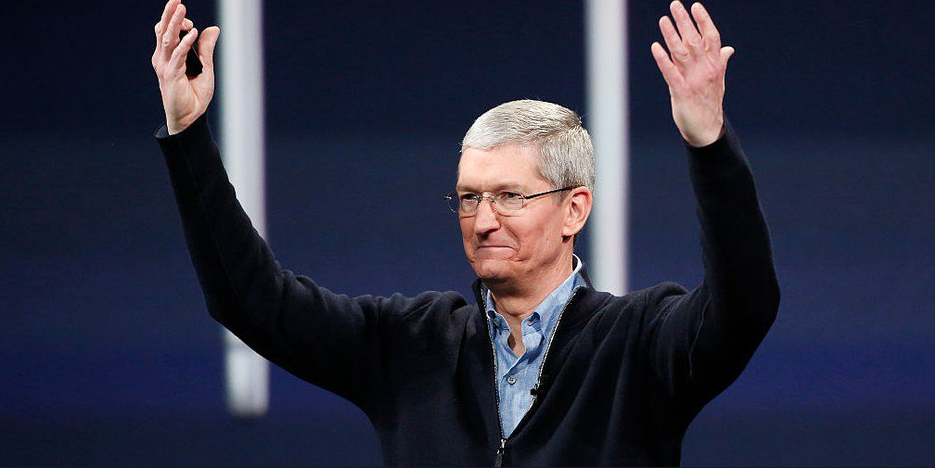
Meet The World's 1st Trillion Dollar Company
-
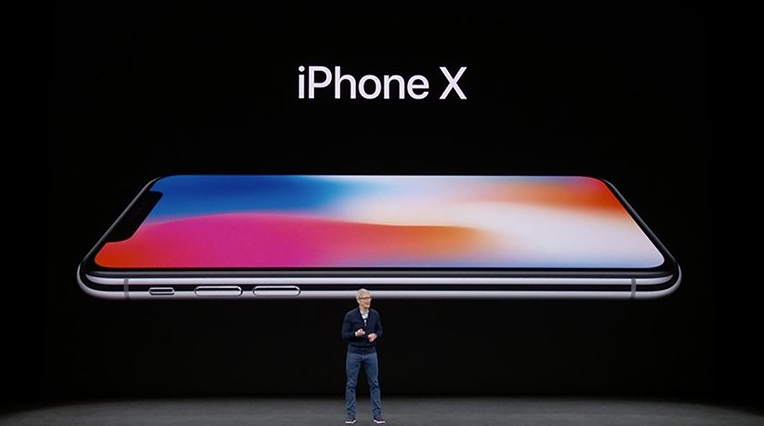
Got 1000 Bucks.... Here's A New iPhone
-
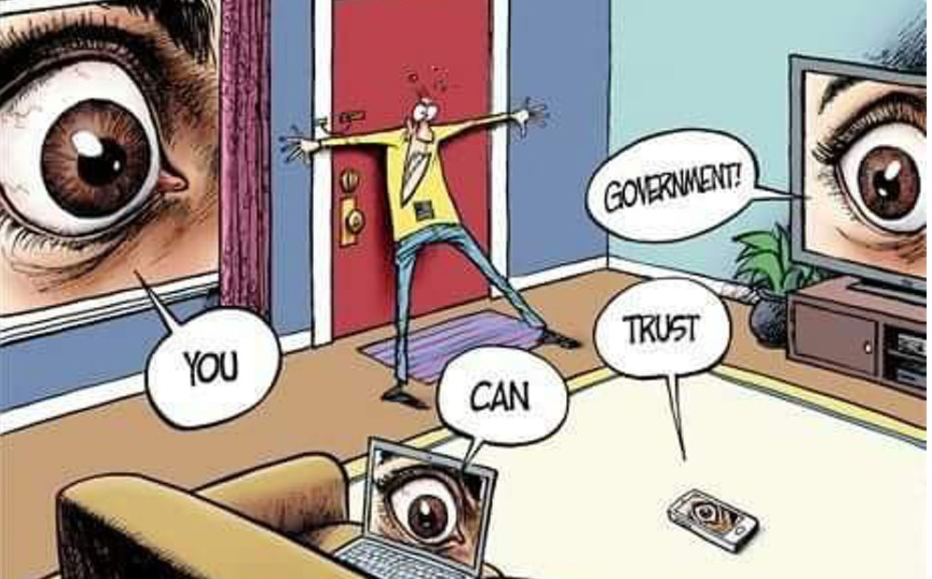
Wikileaks Says The CIA Is Using Your TV to Watch You!
-
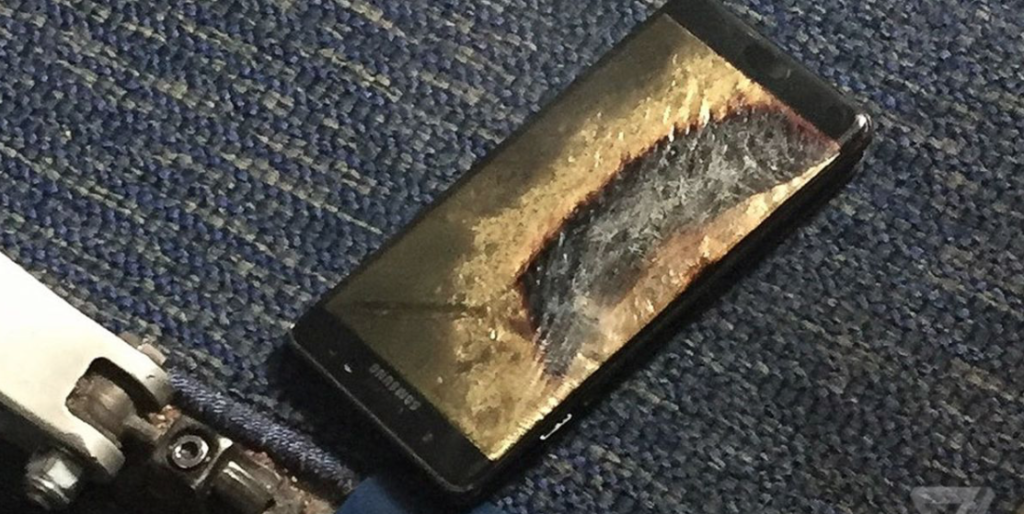
RIP Samsung Galaxy Note 7, Gone So Soon
-

The FBI Has Hacked Into an iPhone, Should We Be Worried?
-
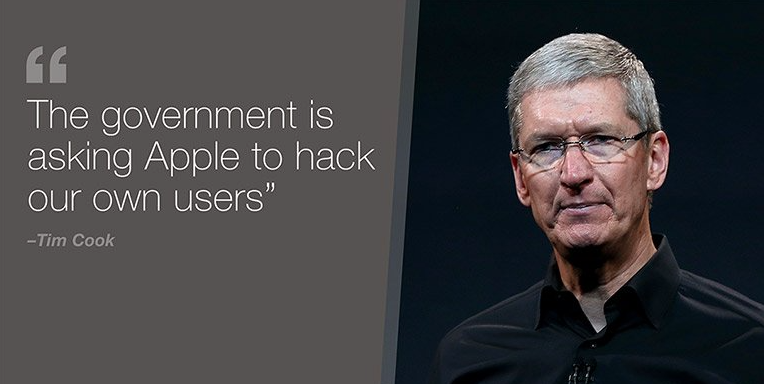
It's the FBI vs Apple and Its Gonna Get Ugly
-
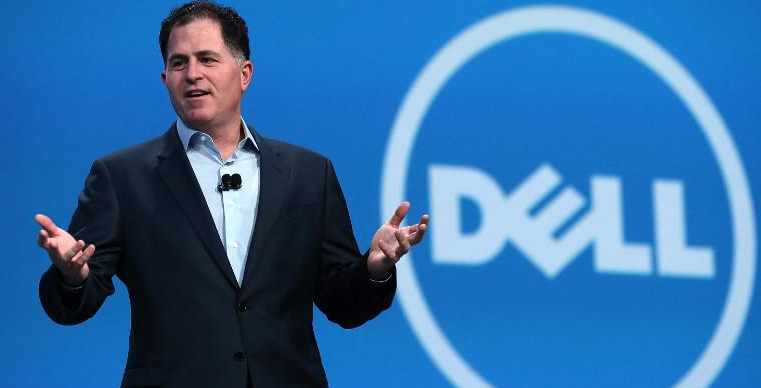
Dell Buys EMC in Record Tech Deal
-
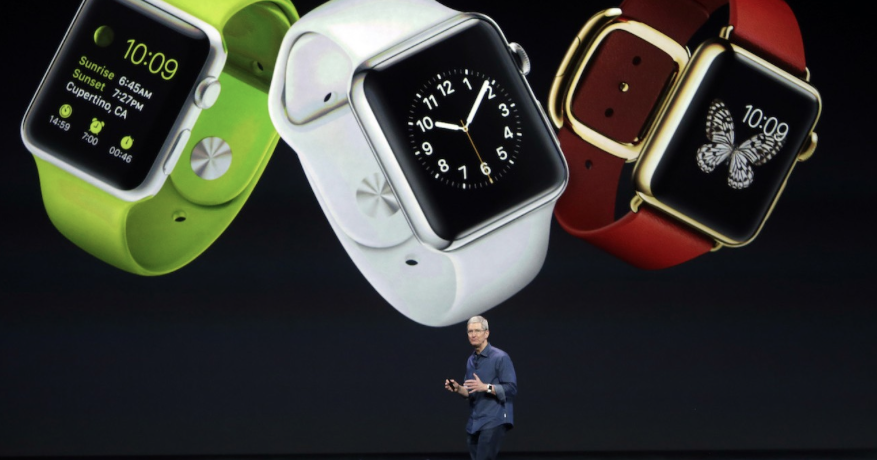
Apple is Now in the Watch Business, You buying?
-

Internet Beware, North Korea is Back Online
-
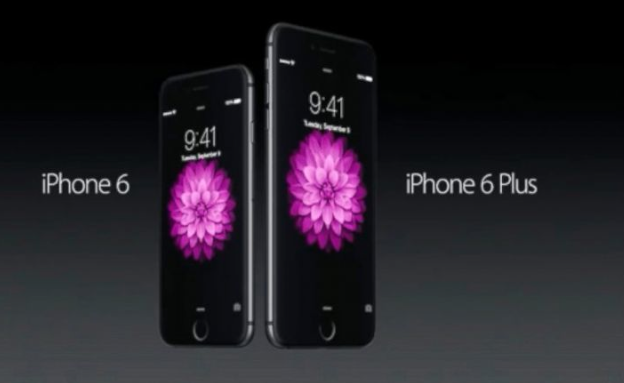
Apple Sells Over 10 Million iPhone 6's in Three Days










